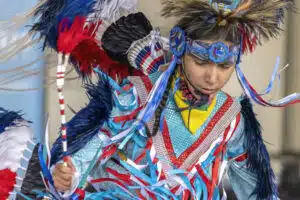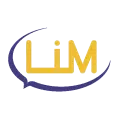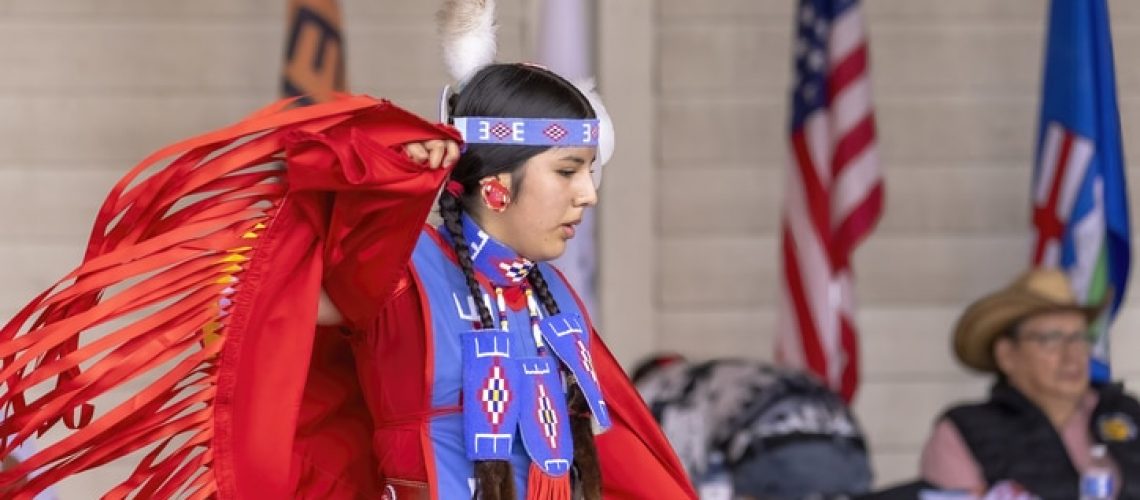Indigenous languages in Canada are a testament to the country’s rich cultural heritage and diversity. These languages, deeply intertwined with the identities and traditions of Indigenous communities, face significant challenges but also show remarkable resilience. The 2021 Census of Canada provides a comprehensive look at the current status of Indigenous languages, highlighting the top five spoken languages: Cree, Inuktitut, Ojibwe, Dëne Sųłiné, and Mi’kmaq. As efforts to preserve and revitalize these languages intensify, the role of Indigenous translation, document translation, and language translation becomes increasingly important in maintaining and nurturing this vital aspect of Canada’s cultural fabric.

Top Five Spoken Indigenous Languages in Canada
Cree is the most widely spoken Indigenous language in Canada, with over 100,000 speakers across various dialects. It is predominantly spoken in Alberta, Saskatchewan, Manitoba, and Ontario. Cree’s widespread use and multiple dialects, such as Plains Cree and Woods Cree, illustrate its adaptability and the efforts of communities to keep the language vibrant.
Inuktitut, with around 39,000 speakers, is primarily used in the Inuit regions of Nunavut and the Northwest Territories. This language is a cornerstone of Inuit culture, facilitating the transmission of traditional knowledge and practices. The strong presence of Inuktitut in official and educational settings in Nunavut underscores its importance.
Ojibwe, spoken by approximately 30,000 people, has various dialects spread across Ontario and Manitoba. Known for its complex structure and rich oral tradition, Ojibwe is actively taught in schools and used in community events, ensuring its ongoing relevance.
Dëne Sųłiné, or Chipewyan, has about 11,325 speakers and is used in the Northwest Territories, Alberta, Saskatchewan, and Manitoba. This language, part of the Na-Dene family, is crucial for cultural expression and community cohesion among the Dene people.
Mi’kmaq, spoken by around 8,030 people, is found in the Maritime provinces of Nova Scotia, New Brunswick, and Prince Edward Island. The language is central to Mi’kmaq identity and is supported by various revitalization initiatives, including immersion programs and digital resources.
The Role of Indigenous Translation in Preservation and Revitalization
Indigenous translation plays a critical role in the preservation and revitalization of these languages. Accurate and culturally sensitive translation of documents is essential for maintaining the integrity and meaning of Indigenous languages. Document translation services ensure that vital information, legal documents, and educational materials are accessible in Indigenous languages, supporting community engagement and empowerment.
Language translation services, such as those provided by Languages in Motion, are instrumental in bridging communication gaps and promoting linguistic diversity. LiM’s focus on Canadian Indigenous Translation ensures that Indigenous languages are represented in critical areas of public life. LiM offers professional translation services for organizations working on reconciliation, outreach, and language preservation.
Community-Driven Efforts and Technological Integration
Efforts to revitalize Indigenous languages are largely community-driven, with a strong emphasis on education and cultural transmission. Language immersion programs, often starting from early childhood, are crucial for creating fluent speakers and ensuring the intergenerational transmission of languages. These programs immerse learners in a language-rich environment, fostering natural language acquisition and cultural learning.
The creation of educational materials tailored to the needs of Indigenous communities is another key aspect of revitalization. These materials include textbooks, storybooks, and digital resources that reflect the cultural context and linguistic nuances of Indigenous languages. Collaborations between linguists, educators, and community members are vital for developing resources that are both linguistically accurate and culturally relevant.
The integration of Indigenous languages into digital platforms and media further supports revitalization efforts. Technology offers innovative ways to document, teach, and promote languages. Mobile apps, online courses, and social media campaigns make language learning accessible to a broader audience, including younger generations who are digital natives. Digital archives and language databases also play a crucial role in preserving linguistic data for future research and revitalization efforts.
Challenges and Opportunities in Indigenous Language Revitalization
Despite the progress made, significant challenges remain in the revitalization of Indigenous languages. Many languages are critically endangered, with only a few fluent speakers remaining. The loss of elders, who are often the last fluent speakers of a language, poses a severe threat to language preservation. Additionally, historical and ongoing socio-economic challenges faced by Indigenous communities can hinder revitalization efforts.
However, these challenges also present opportunities for innovative solutions and increased collaboration. Governmental and non-governmental organizations can provide crucial support through funding, policy initiatives, and partnerships. For instance, the Truth and Reconciliation Commission of Canada’s Calls to Action emphasize the importance of preserving and promoting Indigenous languages and cultures. Implementation of these recommendations can lead to more robust support systems for language revitalization.
Furthermore, the involvement of Indigenous youth in language preservation efforts is essential. Empowering young people to take an active role in learning and promoting their languages can create a new generation of speakers and advocates. Youth-led initiatives, such as language camps and social media projects, can bring fresh energy and perspectives to revitalization efforts.
The Future of Indigenous Languages in Canada
The future of Indigenous languages in Canada depends on the sustained efforts of Indigenous communities, supported by allies and institutions. The recognition of the value and importance of these languages is growing, leading to more comprehensive and inclusive approaches to language preservation and revitalization.
Language translation services, including Indigenous translation, document translation, and professional translation services, will continue to play a vital role in this process. By ensuring that Indigenous languages are accurately and respectfully translated, these services help maintain linguistic diversity and support the cultural integrity of Indigenous communities.
As Canada continues to acknowledge and address the historical and ongoing impacts of colonization, the revitalization of Indigenous languages stands as a powerful symbol of resilience and cultural resurgence. Through concerted efforts and collaborative approaches, the rich linguistic heritage of Indigenous peoples can be preserved and celebrated for generations to come.
At Languages in Motion Ltd., our goal is to bring the world together through professional translation and interpreting services. With access to over 200 languages, including American Sign Language, French, Spanish, Portuguese, Chinese, and Arabic, we can help individuals, families, and businesses communicate more clearly than ever before. Our certified translators and interpreters have worked in numerous industries, including the Public Sector (Police, Healthcare, Court, Education, and Government & Municipalities), Healthcare, Finance, Local and International Law Firms, Marketing, Insurance Companies and Private/Independent Medical Clinics, Law and Order, and Immigration. Our experience, passion for delivering results, commitment to clients, and enthusiasm for building relationships are why we are recognized as the best in the translation industry. Contact our team of certified translators and interpreters from Toronto to Winnipeg to Calgary and Vancouver today at 1-888-556-5541.

